LED lighting has become increasingly popular as a more environmentally friendly and sustainable lighting option, offering numerous benefits such as energy savings and longer lifespan compared to traditional lighting options. Their energy efficiency, extended lifespan, and eco-friendliness make them a preferred choice for various applications. However, like any technology, LEDs are not without their challenges. One significant concern is LED light decay, which refers to the gradual reduction in light output over time. In this comprehensive guide, we will delve deeper into the causes and effects of LED light decay, exploring various solutions and preventive measures to optimize the performance and longevity of LED lighting products.
What is LED Light decay?
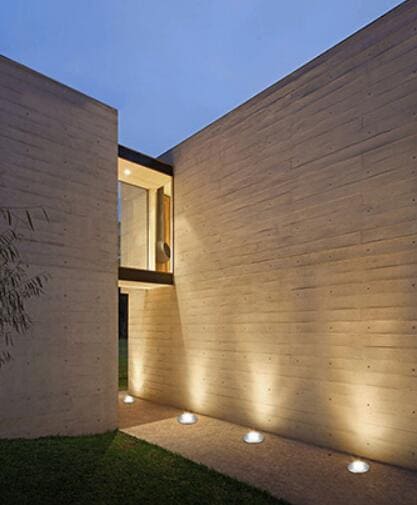
LED light decay, also known as lumen depreciation, is a natural phenomenon that occurs over the operational lifespan of LED lighting products. As LEDs are used, their light output gradually decreases, resulting in a reduction of brightness compared to their initial output. LED light decay is expressed as a percentage of lumen maintenance, indicating how much of the original light output remains after a specific period of use. It is a crucial factor that needs to be considered when selecting LED lighting products.
LED Lights Decay Overview
LED lighting products have longer lifespans than traditional lighting options, but the product’s lifespan is directly proportional to the rate of light decay. The acceptable light decay range for LED lighting products before reaching the end of life is between 50% – 60%. While this range is acceptable, it is important to note that high-quality LED tubes can maintain 70% brightness even after 50,000 hours of usage.
How Much Light Decay is Acceptable for LED Tubes?
The acceptable light decay range for LED tubes is below 10% after 1000 hours of usage. However, high-quality LED tubes can maintain 70% brightness after 50,000 hours of usage. If a light source falls below the acceptable light decay range, it may be less effective at performing its intended function.
What Causes LED Light Decay?
There are many factors that contribute to LED light decay, with the most significant factor being heat dissipation. Ordinary epoxy resins have limited thermal conductivity, making it challenging to dissipate heat easily. When LED chips operate at temperatures exceeding 80 degrees, it expedites the light decay process, causing the lamps to deteriorate more quickly. Other factors that contribute to LED light decay include the quality of LED lighting products, the working environment, and technical parameters and encapsulat
Phosphor Degradation
Phosphor, a key component in white LED lighting, is responsible for converting blue light emitted by the LED chip into various colors, including warm white or cool white. As the LED operates, the phosphor coating undergoes degradation due to exposure to heat and high-intensity light, resulting in reduced efficiency over time. Consequently, the LED’s ability to produce the desired color temperature diminishes, leading to reduced light quality and brightness. Meanwhile, The materials used in LED construction can experience aging effects over time. For instance, the semiconductor materials in the LED chip can deteriorate due to chemical and physical processes, contributing to lumen depreciation.

Thermal Management
Heat is a critical factor influencing LED light decay. Excessive heat can accelerate the degradation of the phosphor coating, leading to a more rapid decrease in light output. Inadequate thermal management, such as poor heat sinking or insufficient ventilation around the LED fixture, can cause the LED to operate at higher temperatures, exacerbating the issue of light decay.
Current Overdriving
Running LEDs at currents higher than recommended can lead to accelerated lumen depreciation. While higher currents may result in temporary increases in brightness, they significantly contribute to the degradation of the LED’s internal components, including the semiconductor junction and phosphor coating.
Quality Problems in LED Light Products
The quality of LED lighting products plays a significant role in light decay. The brightness of LED lighting is likely to reduce rapidly when poor quality LEDs and aluminum shells are used. Poor heat dissipation can also lead to increases in temperature and the resulting light decay. Therefore, it is important to select high-quality LED lighting products that have better heat dissipation capabilities.
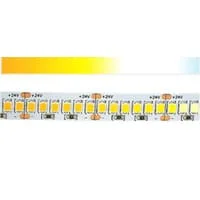
leds working environment
The working environment of the LED lighting product also affects light decay. When a single LED is working at temperatures below 30 degrees, its LED bracket temperature is unlikely to exceed 45 degrees, thereby prolonging its lifespan. However, the temperature increases quickly with an increased number of LED lights working together. When 100 LED lights work simultaneously, the middle LED lights may reach temperatures of up to 65 degrees, causing light decay. Therefore, it is crucial to monitor the operating temperatures of LED lighting products regularly.
LED Technical Parameters and Encapsulation
LED technical parameters and encapsulation materials also play a role in light decay. Lower current can reduce the heat generated by the LED, thereby limiting light decay. The size and materials used during encapsulation may also impact LED light decay. Therefore, it is important to select LED lighting products that have optimal technical parameters and encapsulation materials.
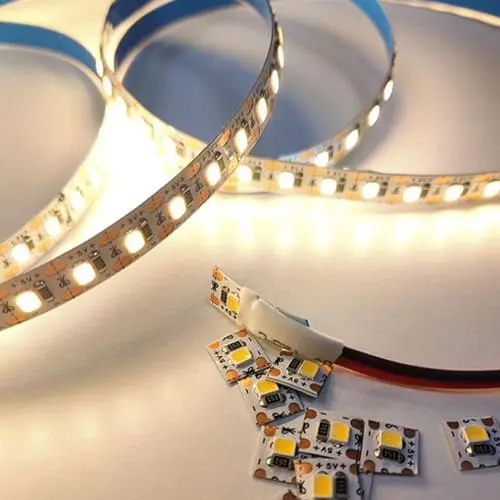

Effects of LED Light Decay
LED light decay can have significant implications for various lighting applications:
1. Reduced Brightness and Light Quality
The primary effect of LED light decay is a gradual reduction in brightness, leading to diminished light output over time. As the LED ages, the once vibrant illumination may appear dimmer and less visually appealing.
2. Inconsistent Color Temperature
Phosphor degradation contributes to inconsistencies in color temperature, leading to variations in the quality of white light produced by the LED. This can be particularly concerning in applications where precise color rendering is essential.
3. Impact on Energy Efficiency
As LED light decay progresses, the LED may consume more power to achieve the desired level of brightness, affecting its energy efficiency. This counteracts one of the key advantages of LED technology – its energy-saving capabilities.
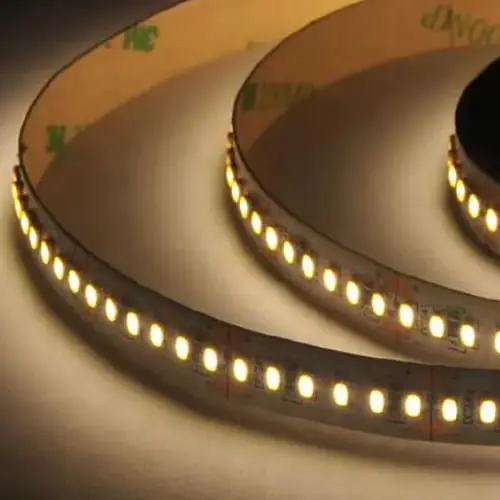
4. Diminished Lifespan
LED light decay directly impacts the operational lifespan of the LED. As the light output diminishes, the LED may become less useful for its intended application, necessitating earlier replacements and reducing the overall lifespan of the lighting product.
Solutions to LED Light Decay
While LED light decay is an inevitable process, several effective strategies can be implemented to mitigate its impact and extend the lifespan of LED lighting products.
1. Optimal Thermal Management
Effective thermal management is essential for maintaining LED performance and minimizing light decay. Ensuring proper heat sinking, thermal pads, and heat-dissipating materials help maintain the LED’s temperature within acceptable limits, reducing the rate of phosphor degradation.
2. Proper Current Regulation
Strict adherence to recommended current levels ensures optimal LED operation and prevents excessive stress on the LED’s components. Implementing constant current drivers and current regulation circuits helps prevent current overdriving, which can lead to premature light decay.
3. High-Quality Components
Investing in high-quality LEDs with superior phosphor coatings and advanced semiconductor materials contributes to reduced lumen depreciation. Trusted manufacturers that prioritize material quality and testing can offer LEDs with improved longevity.
4. Effective Encapsulation
Encapsulation techniques, such as using silicone or epoxy resin, can provide additional protection to the LED chip, safeguarding it from environmental elements that may accelerate decay.
5. Careful LED Selection
Selecting LEDs specifically designed for the intended application can optimize performance and reduce light decay. LED manufacturers offer specialized LEDs for various lighting scenarios, including high-power LEDs for industrial applications and mid-power LEDs for general lighting purposes.
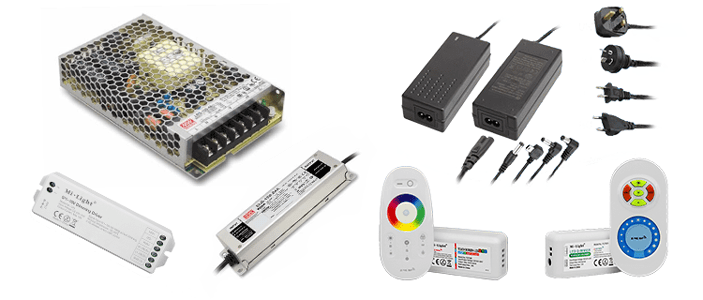
6. Proper Cooling and Ventilation
Ensuring sufficient cooling and ventilation around the LED fixtures helps dissipate heat effectively, preventing overheating and associated lumen depreciation.
7. Regular Maintenance
Routine inspection and maintenance of LED lighting installations are crucial for identifying any issues that may lead to lumen depreciation. Cleaning the fixtures and replacing worn-out components can help extend the lifespan of LED lights.
8. Proper Use of RGB LED Lighting
When using RGB LED lighting, avoid overdriving blue LEDs to achieve bright white light. Instead, opt for proper color mixing techniques to minimize phosphor degradation.
Conclusion
LED light decay is a natural occurrence in LED lighting products due to various factors such as phosphor degradation, thermal management, and current overdriving. However, through careful selection, effective thermal management, and proper current regulation, the impact of light decay can be significantly reduced. By implementing the strategies outlined in this guide, you can ensure optimal performance and extended lifespan for your LED lighting installations. Remember to prioritize high-quality components and reliable manufacturers to make the most of the many benefits that LED lighting technology offers. As LED technology continues to advance, the future holds even greater potential for further minimizing light decay and enhancing the sustainability and efficiency of LED lighting solutions. Embrace the brilliance of LEDs while employing prudent practices to combat light decay, and illuminate your spaces with energy-efficient, long-lasting, and environmentally friendly lighting.
Author
-

I'm Joseph, the Co-founder of CST Lighting, bringing over a decade of expertise in the LED lighting industry. With a strong focus on product marketing, I am dedicated to staying at the forefront of market trends, constantly enhancing my knowledge and skills to deliver top-notch products and services to our clients. Through our insightful blog posts, we strive to share our expertise, guiding readers through the ever-evolving landscape of LED lighting.
View all posts
Learn more via my linkedin profile https://www.linkedin.com/in/ledcst-joseph/